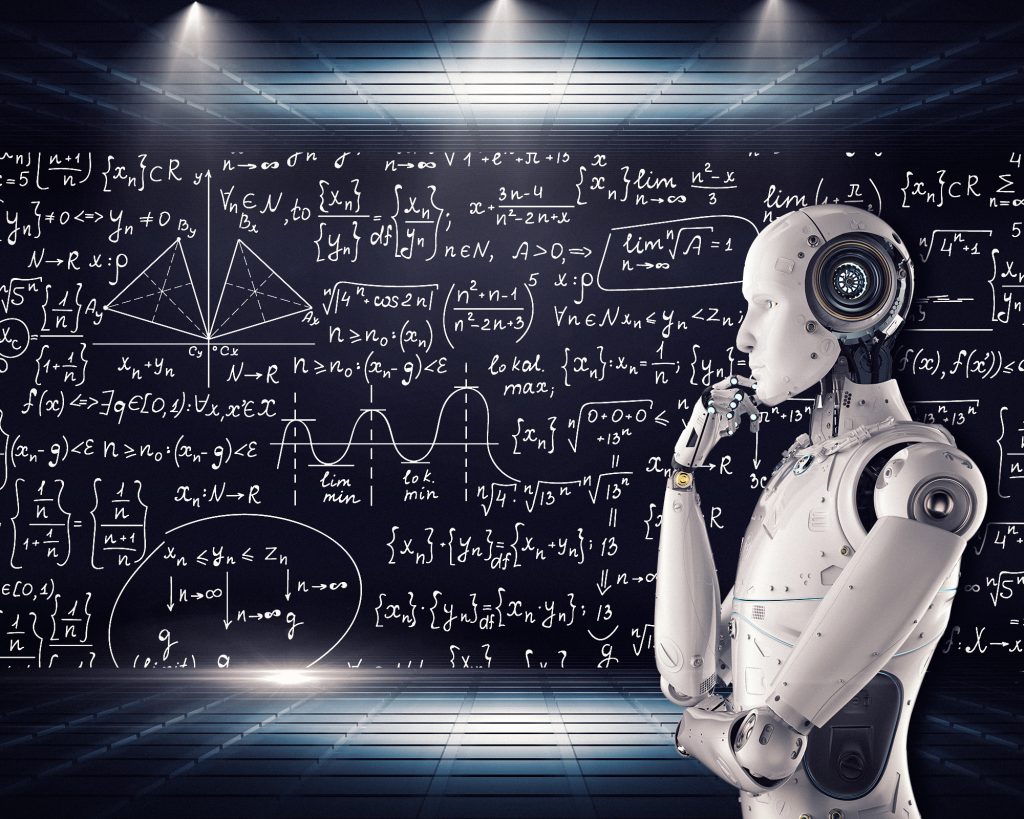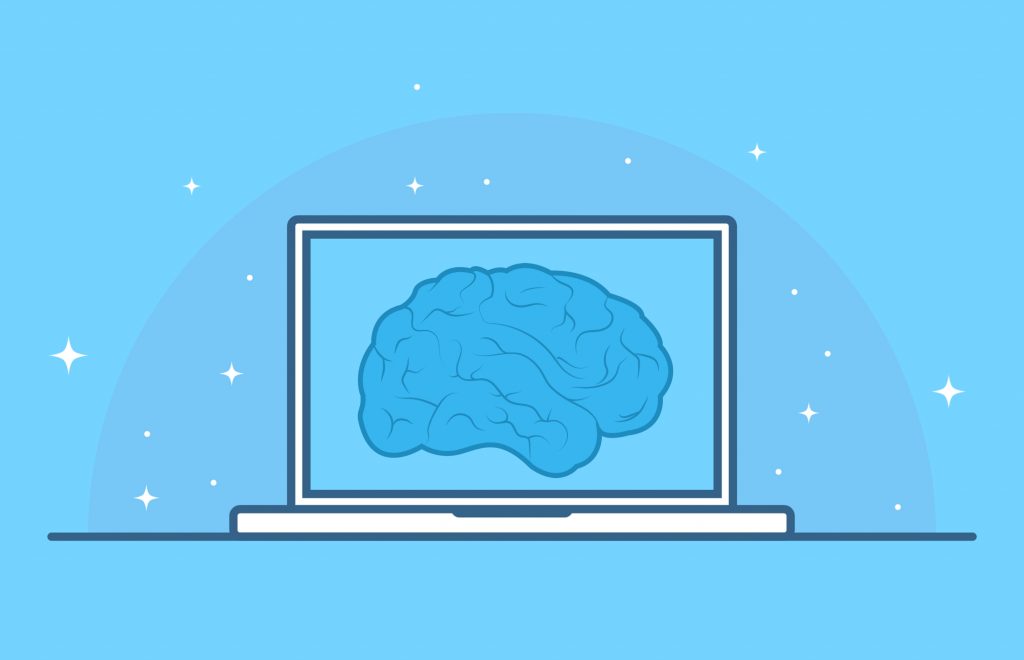Recently, Scott did a video about ChatGPT which we posted here and on YouTube. As we all know by now, the AI-Based tool is not only making waves on its impact as a search engine tool but also in the coding world.
Aside from being integrated into Bing, Microsoft announced that its low-code Power Platform developer suite now includes ChatGPT. This comes after reports of Microsoft’s investment in its partner company, OpenAI, and ChatGPT-powered Bing search.
Due to its capacity to produce impressively complex textual outputs in response to straightforward prompts, ChatGPT, a large language model (LLM), has become popular. Businesses are now hoping to profit from its influence. More native AI models will likely be included in other low-code development environments across the industry as a result of Microsoft’s inclusion of ChatGPT in its Power Virtual Agents and AI Builder tools.
In the world of generative AI, however, not everything is perfect. Users have compiled a long list of ChatGPT failures, including numerous attempts to end journalistic marriages as well as simple math mistakes, inaccurate information, and social biases. Although AI appears to be self-assured, the “hallucinations” it generates can be mind-bogglingly off-base. Such errors could result in false suggestions that confuse users and even damage a company’s reputation if they persist in production use cases.
Let’s discuss the implications of this new paradigm of AI-driven development below, as well as the advantages and disadvantages of including LLMs in low-code development frameworks. We’ll also discuss some things leaders should keep in mind as they try to use this new technology, as well as how it might upset the competition.
Advantages of Integrating ChatGPT
Low-code development platforms ( LCDPs) are masters at breaking down complex functionalities into manageable parts. To enable both amateur programmers and experts, they frequently provide drag-and-drop capabilities and reusable templates. Additionally, integrating ChatGPT into such a low-code environment could have many advantages.
ChatGPT, for instance, can be used to build chatbots that connect to internal company data and public company resources as a feature of Power Virtual Agents. Users may be able to create contextually aware AI that is trained on company documents with ease thanks to this.
With deep inferences and guidance, using AI in low-code can encourage development. Through improved auto-completeness and intelligent insights, such AI assistance can significantly speed up development efforts. It can quickly produce boilerplate code and generate suggestions that are more tailored to the task at hand than your typical static templates.
A company’s documents could be used to train AI-based chatbots that are much more valuable than an off-the-shelf model without context. An in-house trained AI could be useful for summarizing business data and automating manual support tasks in the area of customer service. By making it possible to create such chatbots with little code, advanced AI is made available to a wider audience. Overall, this has the potential to speed up development, particularly for mobile interfaces, workflow automation, and contextually aware chatbots.
What This Means for the Low Code Space
The market has been rushing to react to ChatGPT. Tech behemoths have received conflicting feedback when introducing their own generative AI. Some people, including us, are left wondering how AI and low-code will coexist in this new era. Will the use of traditional or “codeless” programming be completely replaced by natural language-driven code generation?
This is still up in the air. The most likely explanation, however, is that these recent developments will improve LCDP design and use across the board in the software sector. A few ways that AI can improve LCDPs include improving the developer experience, developing specialized ML models, and creating more intelligent end-user experiences.
However, given that Microsoft is investing billions in AI research and development, mid-sized low-code platforms may find it difficult to keep up without their own AI-driven workflows. As a result, LCDPs that don’t have their own strong AI might lose out on new subscribers. Additionally, engineers who want to develop AI models based on internal datasets might prefer to use a more comprehensive cloud technology suite that stores their data locally.

Disadvantage of AI-Based Programming
Although ChatGPT and other generative models are incredibly impressive, the outcomes are not entirely reliable. Additionally, the use of ChatGPT within PowerApps is still experimental at the time of writing, which is typical of both generative AI in general.
Given the possibility of errors, this doesn’t look good for programmers who rely on its outputs. Because even though ChatGPT’s results appear authoritative, they were created using information gleaned from the public web, which frequently has flaws, mistakes, and inefficiencies.
ChatGPT’s results might even suggest features that are completely nonexistent! Unfortunately, the geocoding API provider OpenCage currently has a problem with this. For specific prompts, ChatGPT frequently advises users to use OpenCage’s “phone lookup service.” However, OpenCage does not even provide this feature. The team even had to issue a statement outlining what happened after receiving so many complaints from irate developers.
The goal of AI code generation is to create and organize prompts and debug errors rather than hardcoding. Additionally, even though it improves programmers’ agility, it doesn’t address all software development issues, specifically the DevOps side of the equation. Deploying code and putting together an ideal architecture will still be difficult. Additionally, careful security planning is needed for code automation that loops in third-party dependencies as a result of growing software supply chain vulnerabilities. With any software, there is also a chance that modifications will be broken and ongoing maintenance issues will arise.
Low-code governance must be properly secured, which is another crucial factor. Users of no-code businesses might lack the security oversight necessary to comprehend the effects of creating new services. Additionally, the technical ramifications become more serious when AI is included. Bots have been found to express anger and irrational ideas when poked and prodded, and AI can lead to ethical violations.
What Does This Mean?
AI models like ChatGPT are not perfect. In fact, there are times when they sprout pure nonsense. And even though some models currently do this, they actively accept feedback and undergo retraining. Their outputs will get better over time. Engineers should be aware that they are still being experimented with, though, for the time being. Therefore, businesses should exercise caution and first test new AI innovations on internal operations. And in order to prevent abuse and misconfigurations, AI adoption must be carefully controlled.
Integration being good or bad is neither here nor there. The future is now, and AI is here. Developers still have their work cut out for them, despite the fact that some coding barriers are being removed. Low-code solutions that provide common software delivery pipelines and centralized collaboration features benefit from this reality. Both parties should fare fairly well in this new era if LCDPs can keep up with AI and incorporate it into their workflows.



